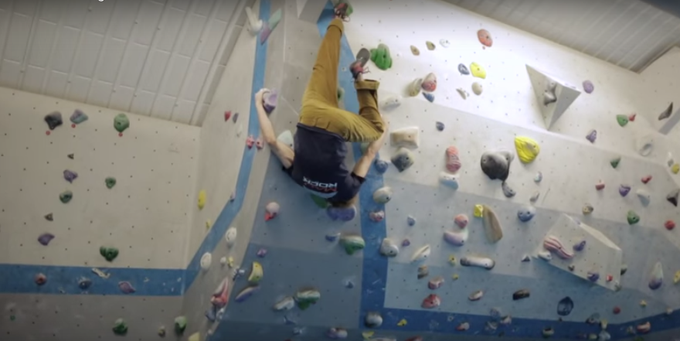Climbing grades can be confusing. Depending on where you climb in the UK you could find anything from a 4a to an E9 or even an HVS, and don’t get us started on the Australian, European or American grading systems.
The climbing grades system is an important part of climbing. Knowing which climbing grades you can handle lets you see how you’re progressing and helps you pick realistic challenges when you want to push yourself.
The climbing grades system also comes into its own when you’re climbing a new spot. Climbing grades give you an instant idea of which routes you can try out and which ones you’ll come back for, though any new route usually seems a bit harder than its actual grade on your first go.





